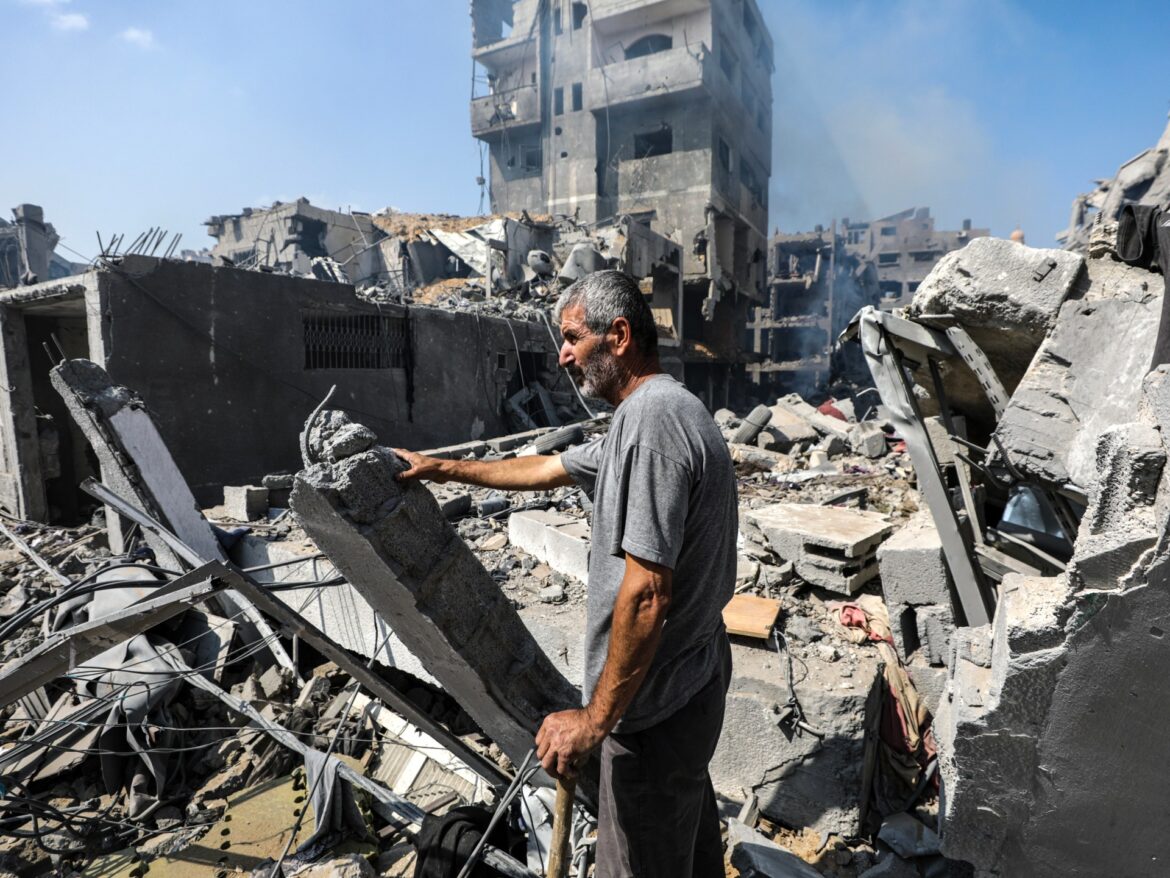The United Nations described the Gaza Strip as “uninhabitable,” with more than 70% of the buildings destroyed or damaged. In light of this, many experts in international law accuse Israel of the crime of “homicide,” that is, the deliberate and systematic destruction of Palestinian housing.
Writer Vincienne Joly says in a report published by the French newspaper La Croix that for the United Nations, the Gaza Strip – which has been subjected to Israeli bombing for 3 months – has become “a place of death and despair” and simply “uninhabitable.”
The American Wall Street Journal reported in late December that 70% of homes and about half of the buildings in the Gaza Strip had been destroyed or damaged, which is “unparalleled destruction in modern urban warfare.”
According to the newspaper, it will take at least a year to remove the rubble and between 7 and 10 years to rebuild the destroyed homes.
Systematic and deliberate destruction
The scale of the destruction prompted international law experts and some United Nations officials to describe the bombings as “domestic homicide.”
The concept is derived from the Latin term “domestica,” and describes the deliberate and systematic destruction of homes and infrastructure in order to make an area uninhabitable.
The term “domestic homicide” appeared in 2001 when writers Douglas Porteous and Sandra Smith studied the cycle of violence through the destruction or confiscation of “home” in a work entitled “Domestic homicide… the global destruction of the home.”
At the end of 2022, the United Nations Special Rapporteur on the right to adequate housing, Balakrishnan Rajagopal, estimated in his report that there was a “major legal gap” in international law, and called for domestic homicide to be recognized as a crime under this law.
A tool for punishment and displacement
According to Rajagopal, killing homes causes “social and psychological trauma,” adding, “I saw how a house was destroyed in a few seconds. This dwelling, which was the culmination of a lifetime’s effort and the pride of entire families, turns into rubble. It is not just a house that was destroyed, there are also the savings of entire families.” “Memories and a feeling of belonging to a place.”
Syrian researcher Ammar Azouz also explained how the Syrian regime used the method of killing homes during the war against opponents. In Homs, 50% of the city was completely destroyed and a quarter of it was partially destroyed. It was the neighborhoods opposed to Bashar al-Assad’s authority that were turned into rubble.
According to Azouz, the destruction of homes has been used “as a tool of punishment, displacement, and violence against opponents of the regime,” and he believes that “the matter is not limited to erasing buildings and physical structures, but also eliminating the conditions for the existence of their personal identities.”
The devastation caused by the Israeli raids on Gaza over the course of 3 months appears to be much greater than that which was inflicted on Syria – for example, in Aleppo – over the course of 3 years.



